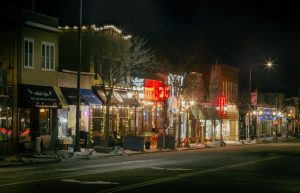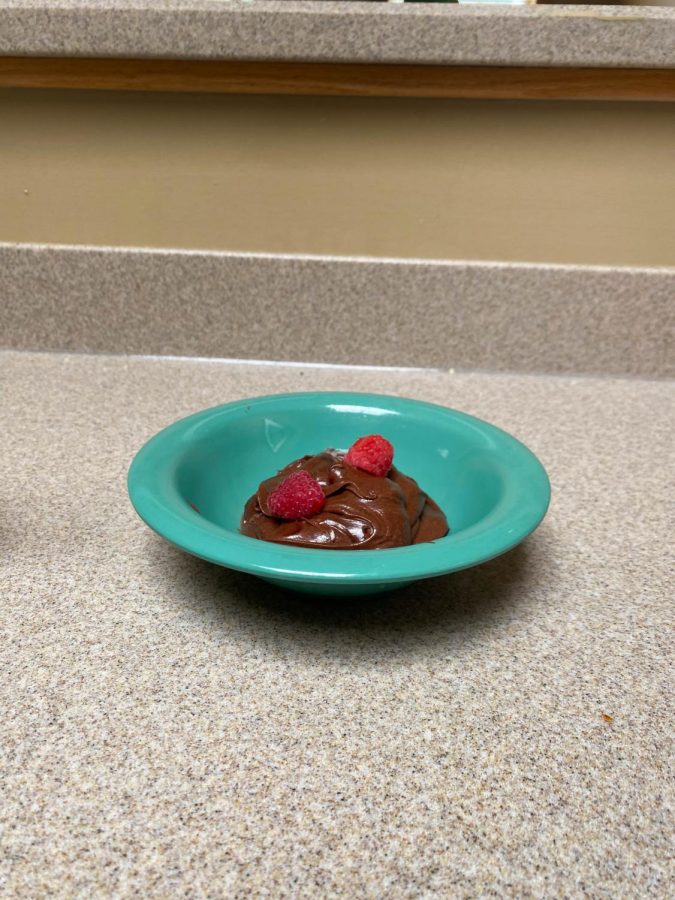
Recently, while perusing through the library’s myriad sources of procrastination material in the reference section, I picked up a Lonely Planet guidebook to the USA. Weighing in at over 1000 pages, it literally covers all corners of the country with profiles of all the cities and towns you probably don’t think of as vacation destinations; Pittsburgh, my hometown, merited a whopping four pages! Beyond descriptions of locales this book said something about everything, but one thing that caught my eye was a small list of only four restaurants that represented classic, unbridled American cuisine. And out of the whole country, I was touched by the fact that a place near and dear to my heart was at the top of that list: the Miss Worcester Diner.
The Miss Worcester is located in the city that shares her name, Worcester, Massachusetts — considered by some (this correspondent included) to be Diner Capital of the World. While a Google search for that title-of-all-titles only returns results about New Jersey, what is undisputable is that this city has a rich diner history and a lot of diners to go along with it. The root of this history is the Worcester Lunch Car Company, which was one of only 10 companies in the US that manufactured diner cars (think like Mickey’s diner in downtown St. Paul). Their factory, which produced over 600 diners through its lifespan including the Miss Worcester and the Boulevard Diner (which is on the National Register of Historic Places) is what really puts Worcester on the map when it comes to greasy spoons.
That and the fact that they are really everywhere you can imagine. Their locations seem to be as much a part of their character as anything else. Miss Worcester, for one, is smushed between a rusting, defunct railroad trestle, a strip club named “Hurricane Betty’s”, and the now closed factory in which it was built. When you go inside the place, the atmosphere only builds more. The interior is slathered with family photos and Red Sox memorabilia and when you visit off peak hours it’s a one person operation — the person who waits you and everyone else’s tables covers the counter and cooks everything to order. The staff are curt (or as one Google reviewer put it, abrasive) but it’s in a chummy kind of way, where if you’re at the counter you chit chat and trade wisecracks while they fix the next batch of French toast.
And French toast is indeed what the Miss Worcester is known for. Variations on this dish take up about a page of the menu, ranging from “meat lovers” to “apple pie”. This correspondent was not hugely impressed with the apple pie version, which seemed to be cool, canned apple pie filling layered between three thick slices of otherwise pretty good pain perdu. One of my fellow diner-goers, who I would describe as a connoisseur of bacon and eggs, also raised an alarm about the bucket of pre-scrambled eggs our waitress ladled onto the griddle, claiming, “you never know if they’re fresh if you don’t see them crack the eggs.” The consensus after eating them was that they were fine, not spectacular not despicable, which in this correspondent’s opinion is somewhat the nature of scrambled eggs. As for the bacon, the raw materials were not thick cut nor artisan cured — again, nothing to write home about. Yet when my fellow diner asked for the bacon crispy, the waitress kindly obliged without a reminder, which was greatly appreciated.
But despite this sounding like any other mediocre diner, there on my plate was a shining beacon of hope. Homefries. This is a type of faire one doesn’t really find around these parts. With the exception of the Bad Waitress in Minneapolis (which called them “American fries”, inexplicably) and Mickey’s O’Brien potatoes, I have not seen much of hash brown’s wise older sibling in the North Star state. But in Worcester, homefries are king. Good homefries consist of potato chunks as big as or bigger than a quarter and are much like a good baguette — crisp and crusty on the outside, tender and soft on the inside. When I sink my fork into a good chunk of potato like that, I know a place has serious chops. Frankly, the two Twin Cities examples listed above kind of miss the mark on this criterion (however, I would definitely be interested in hearing of some good local examples if they’re around). The Miss Worcester, on the other hand didn’t, fail to deliver on this one, and even if it were as drab and boring as a grey office park, for that it would earn my acclaim.
Hopefully after reading all about homefries, your tastebuds are watering either from nostalgia or, better yet, just from the prospect of such a perfect starch. If I can’t provide a good local source, I can at least tell you how to make them!
Homefries with Onions
While most diners in my experience don’t include onions in their homefries, it tastes amazing and everyone should do it. The ingredients here are given in approximate proportions, so you will need to estimate the actual amount based on how much you want.
Ingredients:
4 parts potato, sliced into chunks no smaller than the width of a quarter
1 part onion, diced coarsely
Vegetable oil or butter
Salt and pepper
Start by boiling a pot of salted water, and once ready, add the potato chunks. Let them boil, checking them after 8-10 minutes for doneness (this will depend on the size of your chunks). You want the potatoes to be tender to a fork, but a little less tender than you would want to eat them right out of the pot. When ready, drain them and set aside. This should take about 15 minutes, so in the meantime, dice your onion and begin sautéing it in a large saucepan over medium heat in enough oil or butter to coat the bottom of the pan. Add salt and pepper. Ideally, the pan should be big enough for all the potatoes to be able to touch the pan like they do on a diner’s griddle, but it’s college so do what you can.
When the onion starts to become translucent, add the boiled potatoes, stir, and add more oil/butter. Then add some more oil and butter. They’re called homefries for a reason. That being said, you definitely don’t want them swimming, just the slightest bit greasy (and I mean that in the best way). Turn up the heat to medium high and let the potatoes sit without being turned for a few minutes. The objective here is to make that baguette-crust, even burn them a little bit, so that they are crispy.
Once one side is crisp, stir them and let another side get crispy. One trick is to press the potatoes down slightly with a spatula so that they mash into the pan forming a serious crust. This is recommended. I also recommend ample salt and a generous amount of pepper. The pepper helps cut the richness of the crust, so add it ‘til you start to taste it. Once at least two sides of the potatoes are brown, you’re ready to serve! Serve with fresh cooked eggs and buttered toast for true diner style.















Tracey Fraser • Sep 11, 2019 at 12:45 am
I got this site from my buddy who shared with me concerning this web page and at the moment this time I am visiting this site and reading very informative posts here.
Deirdre Brown • Sep 5, 2019 at 6:49 am
you’re really a good webmaster. The site loading velocity is incredible. It sort of feels that you are doing any distinctive trick. Furthermore, The contents are masterwork. you’ve performed a wonderful task in this topic!